How the greater symphony of the Earth transformed Paul’s musical life
A pioneer of world music, Paul Winter has won 7 Grammy Awards for his unique genre of “earth music,” which interweaves the voices of the greater symphony of the wild with instrumental voices from classical, jazz andindigenous traditions of the world, introducing people to the variety of species and ecosystems on Earth through the beauty of sound. The music is often improvised, and recorded in natural acoustic spaces, to reflect the qualities and instincts brought into play by the environment.
With his music, Paul has found a means to connect people to a sense of place, promote relatedness to the larger community of life, and assist groups supporting local cultural and biological diversity. He has performed hundreds of benefit concerts and used his compositions to serve environmental causes in a range of countries, including Russia, Brazil, Israel, Japan, and Spain.
Symphony of Whales
Whales came into Paul’s life in 1968, when he attended a lecture on whale songs by Dr. Roger Payne at Rockefeller University in New York City. Roger and Scott McVay had discovered, the year before, that humpbacks produce sounds in intricate patterns that fit the definition of “songs.” These change over time and represent a cultural tradition passed orally from one whale to the next. Paul was thrilled by the soulful beauty of these humpback whale voices in much the same way as when he had first heard jazz saxophonists like Charlie Parker. Listening to the long, complex songs the whales repeat, he was amazed by their musical intelligence, and shocked to learn that these extraordinary creatures were rapidly being hunted to extinction. They opened the door to the whole symphony of nature and changed the direction of Paul’s musical life.
Another milestone was hearing Roger Payne’s 1970 album, Songs of the Humpback Whale, which popularized the whale songs, and was perhaps the greatest single contribution to awakening humanity to whales. The grandfather of all natural sound recordings, and a bestseller, it touched the hearts of millions of people throughout the world, awakening awareness of whales, and contributing more, perhaps, towards saving whales and sea mammals than all other efforts put together. (Paul re-released it on his Living Music label in 1990.)
In the 1970s, Paul became involved in the movement to bring awareness of whales and their extraordinary music to the world. In the Fall of 1976 Governor Jerry Brown declared “Whale Day” in California. He convened a three day whale conference in Sacramento, bringing in biologists like John Lily; filmmakers; environmentalists; poets, like Gary Snyder; musicians such as Joni Mitchell and the Consort; and fans of the whales. During the early 1970s, as whale consciousness emerged in our culture, Japan began to come under widespread criticism for its continued whaling operations. There were protest campaigns with bumper stickers such as “Boycott Japan.” From the Sacramento whale conference came the idea that rather than boycott Japan, efforts should be made to communicate with Japanese environmentalists and share with them the growing body of information about whales and why they should be protected.
This resulted the next April in a large contingent of biologists and musicians (including the Consort and Mimi Fariña, Jackson Brown, and a fusion band, Stuff, featuring Steve Gadd), along with Governor Brown, going to Tokyo for a week of performances in a dome there, titled “Japan Celebrates the Whale and Dolphin.” It was reportedly the first environmental event ever held in Japan.
Paul went to Japan several times with the “Save the Whale” campaign; played benefits for Greenpeace and other organizations; and led music-making and whale-watching workshops on Cape Cod and in Baja California.
Whales Alive! was another collaboration with Roger and also actor Leonard Nimoy, resulting in a groundbreaking album that celebrates the history of whales and their role in the lives of humans. It realized a long-standing dream shared by Roger Payne and Paul to create an entire album of music based on melodies by whales. Readings of prose and poetry about whales are interspersed with music improvised in response to recordings of the whale voices, extending the whale melodies in a way similar, perhaps, to how the whales themselves gradually change and grow their long, complex songs.
In 1990, Paul convinced Roger, a representative to the International Whaling Commission, and a long-time friend, to come to Japan to various whaling cities, including Shoji and Ogasawara. Instead of opposing, on the Whaling Commission, Japan’s stance on hunting whales, Roger joined Paul on a joint tour with music, presenting a program showing how whale watching could be a viable business alternative to whale-killing.
Wolves
In the fall of 1968, Paul saw wolves for the first time in the Redding, CT middle school, at a program given by John Harris. John toured the country to raise awareness about wolves and trying to counter the prejudice that was responsible for the extermination of these creatures from the wild.
 Looking into the eyes of the wolf as it sat in the back of John’s van after the program, Paul was inspired to write his piece “Wolf Eyes.” It presented the lyrical voice of the wolf, and a different, gentle image of a creature so long misunderstood and vilified by humans.
Looking into the eyes of the wolf as it sat in the back of John’s van after the program, Paul was inspired to write his piece “Wolf Eyes.” It presented the lyrical voice of the wolf, and a different, gentle image of a creature so long misunderstood and vilified by humans.
In 1973, at a wildlife conference in St. Louis, Paul met wolf biologist Fred Harrington, who invited him to Minnesota, where Paul heard wolves in the wild for the first time. In the mid-1970s, at a wolf preserve in the mountains of California, a captive wolf named Ida howled a duet with Paul’s soprano sax, and Paul featured her voice on the Common Ground album.
Common Ground was Paul’s first musical statement about the entire family of life, and the first album to feature voices of endangered species – symbolically representing with whale, wolf, and eagle the realms of sea, land, and air.
 After the Redding, CT program, Paul went to visit John Harris many times, and John and the wolves stayed on Paul’s farm. During the 1978 Common Ground tour, Paul invited John to introduce his wolf on stage, including on September 8, 1978, at a benefit for the Audubon Society at Carnegie Hall, after which the wolf was featured on the front page of the New York Times.
After the Redding, CT program, Paul went to visit John Harris many times, and John and the wolves stayed on Paul’s farm. During the 1978 Common Ground tour, Paul invited John to introduce his wolf on stage, including on September 8, 1978, at a benefit for the Audubon Society at Carnegie Hall, after which the wolf was featured on the front page of the New York Times.
Seals
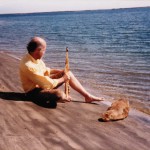 In 1979, in Baja California, Paul led a music-making and whale-watching expedition, with the camp set up in the dunes along Magdalena Bay. On the last night in camp,a sea lion pup appeared in the water just offshore, alone and unafraid of the people who gathered around. She came onto the beach, and Paul and the group sat near her quietly, then played a little music, hoping she would feel at ease. She seemed contented and soon put her head down and fell asleep. Paul stretched out in his sleeping bag beside her, and went to sleep with his nose just inches from hers, smelling her fishy dog-breath, and listening with fascination to her tiny “whale-blow” exhalations.
In 1979, in Baja California, Paul led a music-making and whale-watching expedition, with the camp set up in the dunes along Magdalena Bay. On the last night in camp,a sea lion pup appeared in the water just offshore, alone and unafraid of the people who gathered around. She came onto the beach, and Paul and the group sat near her quietly, then played a little music, hoping she would feel at ease. She seemed contented and soon put her head down and fell asleep. Paul stretched out in his sleeping bag beside her, and went to sleep with his nose just inches from hers, smelling her fishy dog-breath, and listening with fascination to her tiny “whale-blow” exhalations.
This extraordinary encounter affected Paul deeply, and inspired him to explore the realm of pinnipeds and the role of sound in their lives, in the same way he had immersed himself in learning about whales and wolves.
His album Callings was created after more than three years of Paul observing, listening to, and occasionally playing his saxophone to sea mammals. His research expeditions took him Newfoundland, British Columbia, Scotland’s Inner Hebrides, the California coastal islands, San Salvador in the Bahamas, and twice again to Magdalena Island in Baja California.
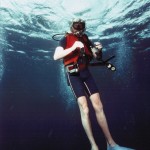
Ocean conservationist Dr. Sylvia Earle taught Paul how to scuba dive for his research for the album “Callings”.
“I had felt a terrible helplessness, not knowing what to do, when in 1965 I first saw on TV the slaughter of seal pups for their fur,” Paul recalls. “I felt the same frustration three years later when I learned about the whales – majestic animals that were being killed for dog food and lipstick. But by then I was finally moving towards using music. I came to realize that celebrating the beauty of the living creatures was a more effective strategy to move people than depicting the horror. The best way to raise awareness about the magic of the vocalizations was to find a vocalization we could interplay with, so the actual voices of the creatures were woven in with the music – in a sense we were collaborating with these creatures.”
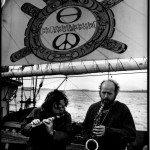 The album helped initiate a successful campaign to have Congress designate March 1st each year as “The Day of the Seal.”
The album helped initiate a successful campaign to have Congress designate March 1st each year as “The Day of the Seal.”
Ending the Killing of Elephants for Ivory
Paul first heard the voices of the elephants in the late ‘80s, from recordings made for the Cornell Laboratory of Ornithology by his friend Katy Payne, whom he had known from her earlier work with humpback whales. These elephant recordings inspired Paul’s “Call of the Elephant” piece on his 1990 album Earth: Voices of a Planet. Andrea Turkalo, of the Cornell Lab’s Elephant Listening Project; and Joyce Poole and Petter Granli, of ElephantVoices, generously shared elephant recordings which, along with others from Katy Payne, are featured in “Elephant Dance,” on the Grammy® Award-winning album Miho: Journey to the Mountain. Paul and colleagues performed with elephant voices during Paul’s Sumnmer Solstice Celebration at New York’s Cathedral of St. John the Divine in June 2013, to raise awareness about the elephant slaughter for ivory.
Music for the Earth and the Flyways project
Paul founded Music for the Earth (MFE) in 1976, with the mission to explore and implement ways that music can be used to enrich the lives of human beings and awaken a spirit of involvement in the preservation of wildlife, wilderness and the natural environments of the Earth. MFE’s current focus is Flyways, which celebrates the great bird migration between Africa and Eurasia along the Great Rift Valley. The project tells the amazing story of the birds’ long journeys, using the voices of the birds and music from the cultures over which they fly. As a musical metaphor for the richness and interdependence of life in all its forms, Flyways aims to support conservation relating to the birds, affirm the music traditions found throughout the region, and encourage international collaboration to protect a shared heritage.
Places of Pilgrimage
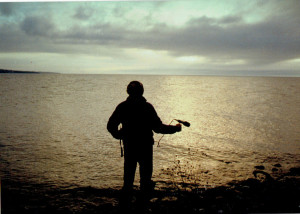 In search of his Earth Music, Paul and his ensemble have honed their appreciation of resonance, and for making music in spaces of great reverberation. They have discovered these sonic temples by rafting into the Grand Canyon, playing in the world’s largest cathedral as artists-in-residence at St. John the Divine in New York, or methodically searching for the sweet spots around an alpine lake at 12,000 feet in the mountains of Colorado.
In search of his Earth Music, Paul and his ensemble have honed their appreciation of resonance, and for making music in spaces of great reverberation. They have discovered these sonic temples by rafting into the Grand Canyon, playing in the world’s largest cathedral as artists-in-residence at St. John the Divine in New York, or methodically searching for the sweet spots around an alpine lake at 12,000 feet in the mountains of Colorado.
The Grand Canyon
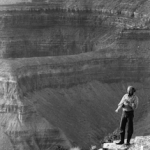 In the spring of 1963, Paul saw the Grand Canyon for the first time. He sat on the south rim and played his soprano sax, and as the sound disappeared into the vastness, he imagined the wondrous echoes somewhere in the depths below.
In the spring of 1963, Paul saw the Grand Canyon for the first time. He sat on the south rim and played his soprano sax, and as the sound disappeared into the vastness, he imagined the wondrous echoes somewhere in the depths below.
Ten years later he hiked partway down the Bright Angel Trail and found some of those echoes with his sax. He was fascinated by the idea of his group of musicians making music in this great reverberant space. In 1980, he returned with Consort musicians, instruments, and friends. They entered the canyon on rafts, since the most intimate way to experience the Grand Canyon is from the Colorado River.
Three more rafting and recording expeditions followed. After rafting each day for several hours, the group would find a resonant side canyon, grotto, or natural amphitheater, and improvise music from the place of awe, exultation and inspiration at the beauty and majesty, in collaboration with the Canyon itself.
Canyon Lullaby was also recorded in the Grand Canyon, and represents Paul’s continued exploration of a sound-vision in natural acoustics.Recording the album shortly after the birth of his first child, Paul said it reflected “a new tenderness for life and a deepened sense of awe for this planet as I stood in one of its most profound places. In that great and reverberant Canyon, under the desert sun and the midnight stars, I called out to the Earth and it resounded in response.”In 1980, Paul accepted the invitation to become artist-in-residence at New York’s “green cathedral,” St. John the Divine, with the mandate to bridge spirituality and ecology with his music.
In 201s, Paul Winter’s 20th Summer Solstice Celebration affirmed and honored the rights of the traditional peoples who live in Grand Canyon country, raising awareness about the serious threats being faced there, including the proposed Escalade, a mega resort on the East Rim with a tramway going into the Canyon. Navajo singer Radmilla Cody was special guest, along with Delores Wilson-Aguirre and Wilson O. Wilson, Navajo representatives from the “Save the Confluence” campaign, who traveled from Arizona to the event to raise public awareness about their efforts to stop the Escalade project.
Russia
Paul first went to Russia to seek out its wilderness beauty and
listen for the voices of the Russian earth. He traveled as far as Lake Baikal in Siberia, in 1984, where he found such beauty that it lured him back twice the next year with the idea of composing music to raise awareness about the threats facing Russia’s sacred sea and its significance as a symbol in the growing environmental movement.
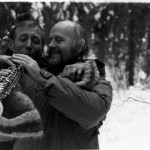 Poet and friend Yevgeny Yevtushenko introduced him to the writer and environmentalist Valentin Rasputin, who guided him on an extensive tour of the lake in 1988. (In 1990, Paul invited writer and environmentalist Peter Matthiessen to accompany him on another Baikal expedition. From this came Peter’s book, Baikal: Sacred Sea of Siberia.)
Poet and friend Yevgeny Yevtushenko introduced him to the writer and environmentalist Valentin Rasputin, who guided him on an extensive tour of the lake in 1988. (In 1990, Paul invited writer and environmentalist Peter Matthiessen to accompany him on another Baikal expedition. From this came Peter’s book, Baikal: Sacred Sea of Siberia.)
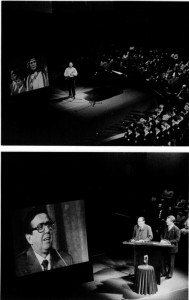
Paul Winter performing as part of the “Beyond War Spacebridge”, joining two children’s choruses – 9,000 miles apart but linked by satellite.
Collegium – Colleagues in the Environmental Movement
Dr Carl Safina and the Blue Ocean Institute
The Blue Ocean Institute works to show how nature, community, the economy and prospects for peace are all intertwined. It was founded by ocean conservationist, Dr. Carl Safina. His exquisite writing explores the scientific, moral, and social dimensions of our relationship with nature.
Dr. Sylvia Earle and Mission Blue
Dr. Sylvia Earle has been at the frontier of deep ocean exploration for four decades. Mission Blue is a global initiative formed in response to Dr. Earle’s urging people “to use all means at your disposal — films, expeditions, the web, new submarines — to create a campaign to ignite public support for a global network of marine protected areas; Hope Spots large enough to save and restore the blue heart of the planet.”
Dr. Roger Payne and Ocean Alliance
Ocean Alliance, Inc., a 501(c)3 organization, was founded in 1971 by biologist Roger Payne for the conservation of whales and all sea life. Ocean Alliance’s research serves to inform educators and policy-makers on wise stewardship of the oceans.
Mary Evelyn Tucker and The Emerging Earth Community
Mary Evelyn Tucker is a co-Director, along with John Grim, of the Forum on Religion and Ecology at Yale, the largest international multireligious project of its kind. Mary Evelyn Tucker organized a series of ten conferences on World Religions and Ecology and edited the ten volume series from the conferences distributed by Harvard University Press. She is Executive Producer and a co-writer of Journey of the Universe, a documentary film project and companion book that draws together scientific discoveries in astronomy, geology, biology, ecology, and biodiversity with humanistic insights concerning the nature of the universe.
Shumei is a spiritual organization dedicated to elevating the quality of life through the creation of health, happiness, and harmony, using the medium of the arts and beauty to nourish the soul, and through the practice of Natural Agriculture, a method that emphasizes the integrity of nature and the purity of soil, water, and air. Shumei International is a Non-Governmental Organization in Consultative Status with the Economic and Social Council of Shumei has programs around the world. The organization’s programs seek to build cooperation between people of different cultures and respect for diversity in order to foster a deeper sense of global community and, thereby, contribute to world peace.
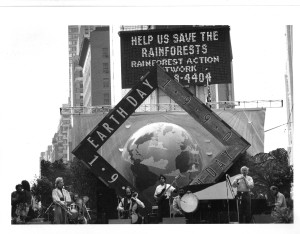
The Paul Winter Consort (L to R: Rhonda Larson, Ted Moore, Russ Landau, Eugene Friesen, Russ Landau, Glen Velez, Paul Winter, Paul Halley), at Times Square for the 20th anniversary celebrations of Earth Day, 1990. Image by Jeff Day
Natural Resources Defense Council (NRDC)
NRDC is an environmental action group, combining the grassroots power of 1.4 million members and online activists with the courtroom clout and expertise of more than 350 lawyers, scientists and other professionals.
BirdLife International
BirdLife International operates in over 100 countries and territories, and is the world’s largest partnership of conservation organizations. Declines in birds across the globe are providing evidence of a rapid deterioration in the global environment that is affecting all life on earth – including humans. BirdLife strives to conserve birds, their habitats and global biodiversity, working with people towards sustainability in the use of natural resources.
Jane Goodall Institute
Founded by renowned primatologist Jane Goodall, the Jane Goodall Institute is a global organisation that empowers people to make a difference for all living things.
Joyce Poole and ElephantVoices
ElephantVoices was founded by elephant ethologist Dr. Joyce Poole to inspire wonder in the intelligence, complexity and voices of elephants,
and to secure a kinder future for them through conservation, research and the sharing of knowledge.
Dr. Katy Payne and the Elephant Listening Project (ELP)
The Elephant Listening Project (ELP) is a not-for-profit organization associated with the Bioacoustics Research Program (BRP) at The Cornell Lab of Ornithology in Ithaca, New York. Katy and several colleagues founded ELP in 1999, to further the use of acoustic methods to study and aid in the conservation of forest elephants in Central Africa.

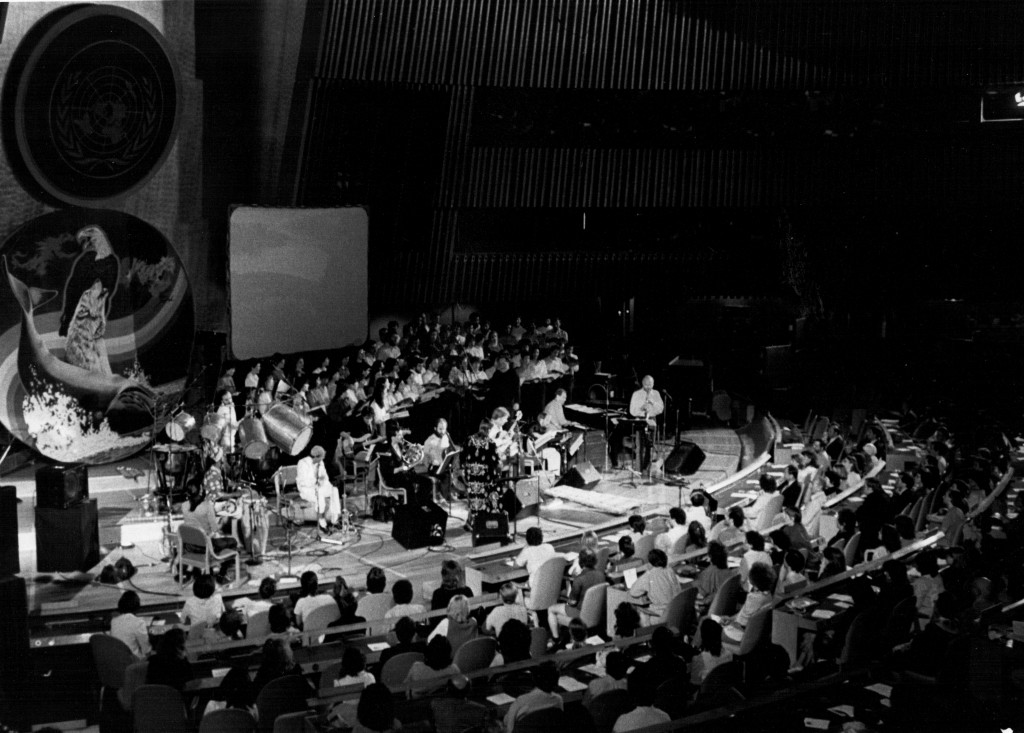

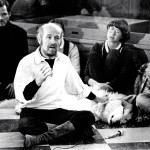
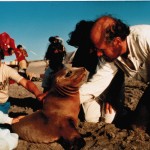
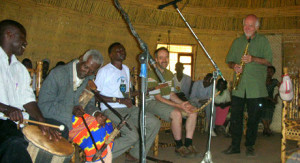
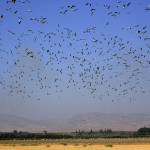
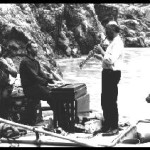
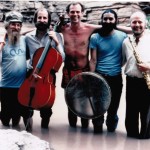
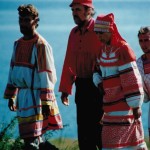
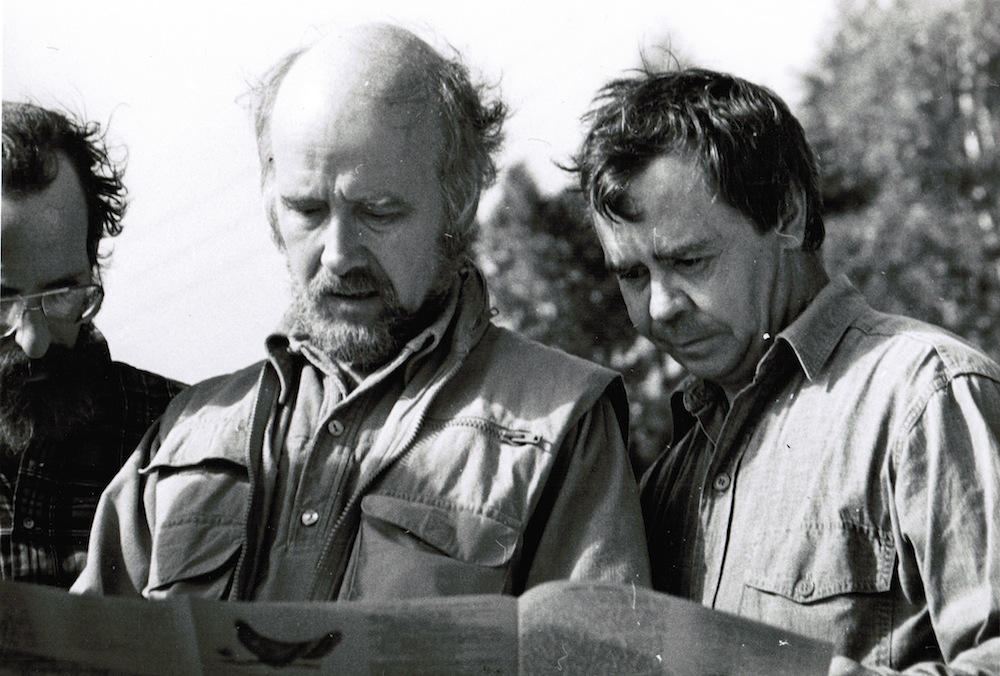
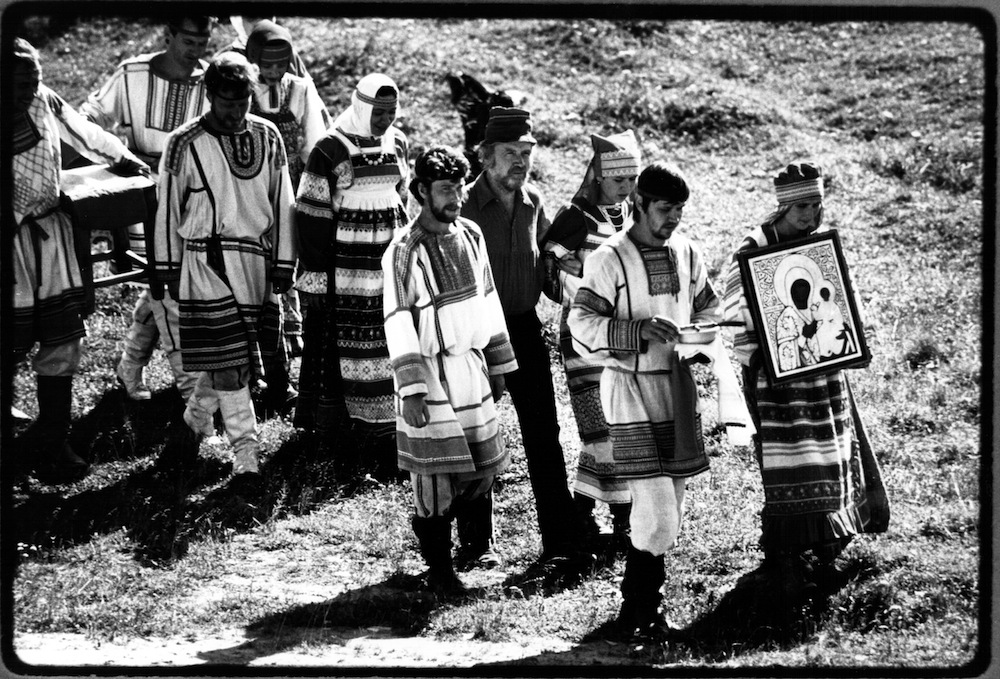
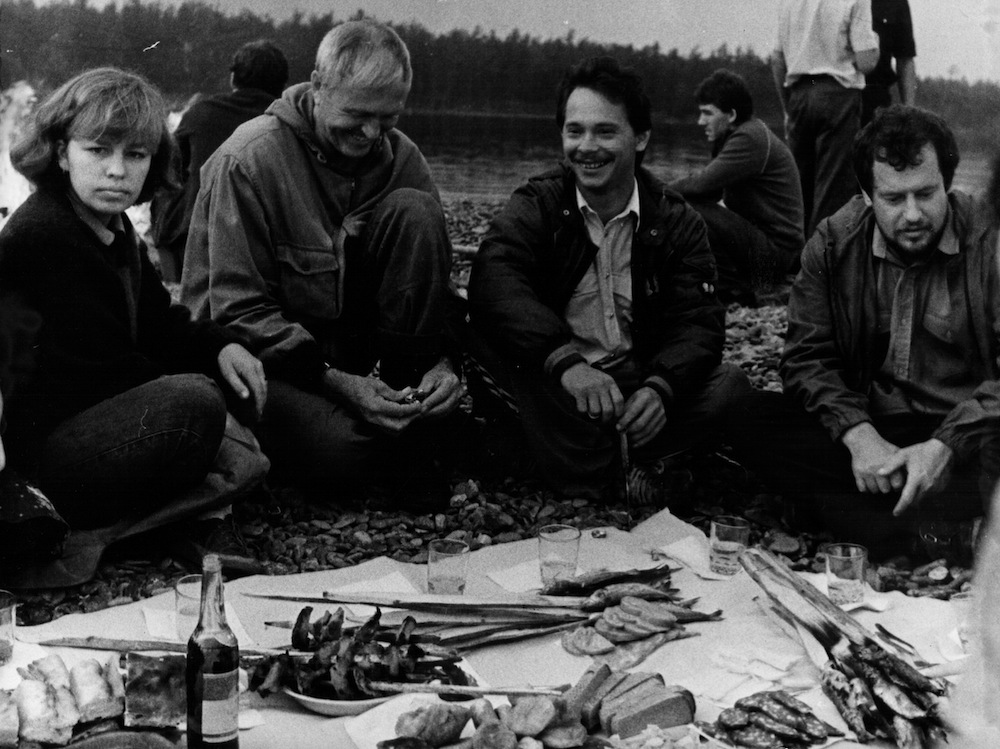
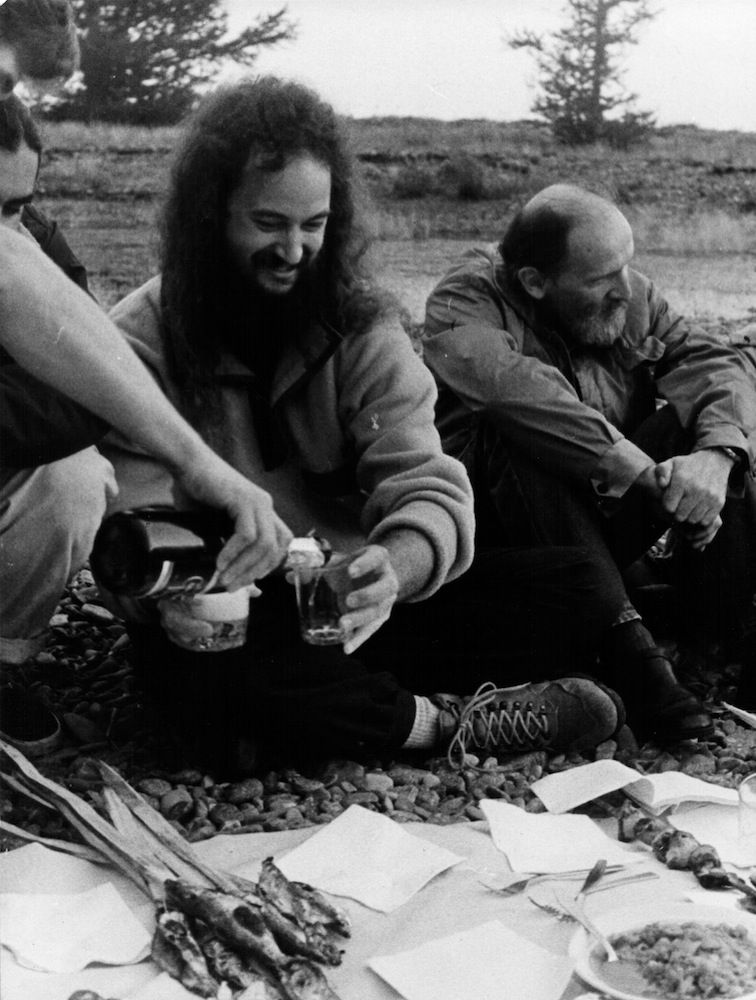
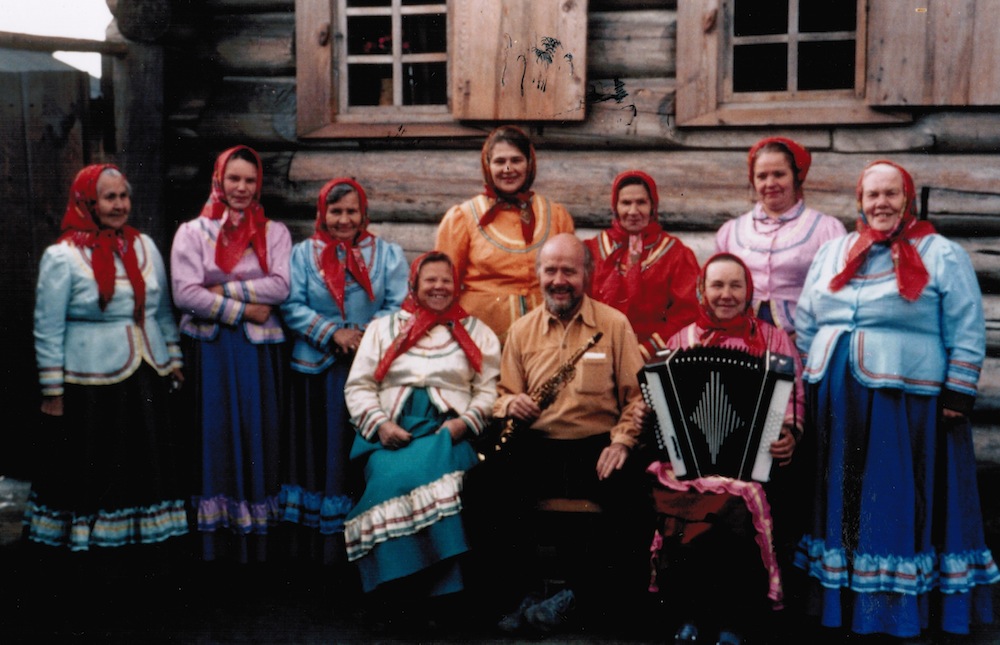
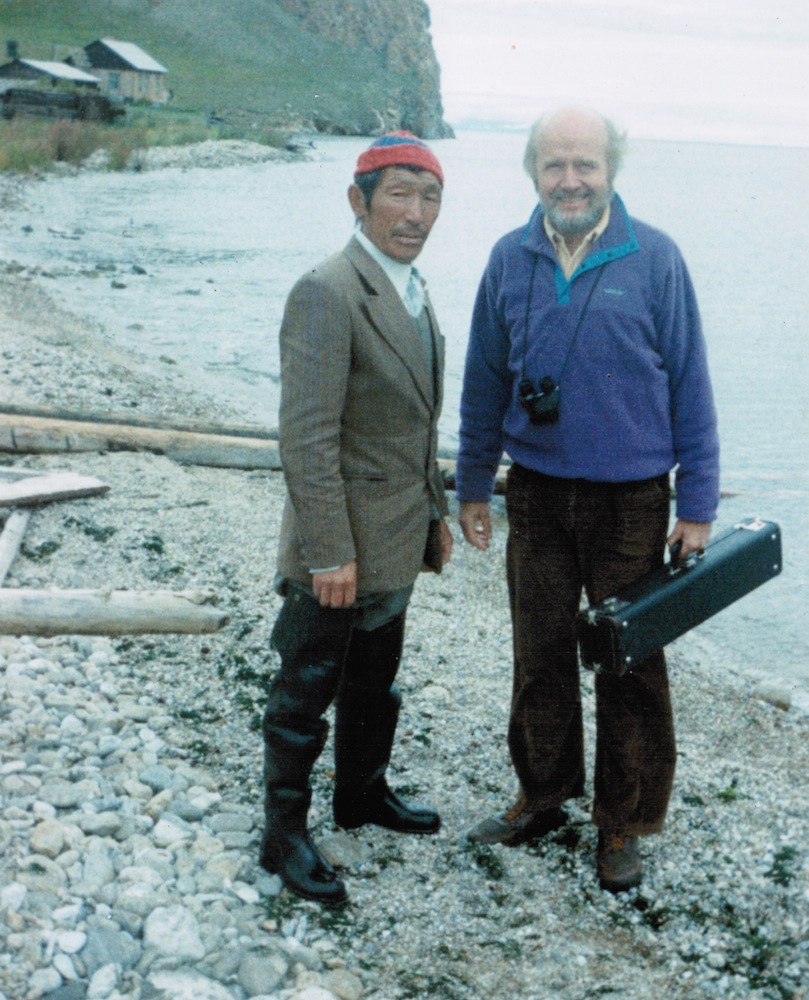
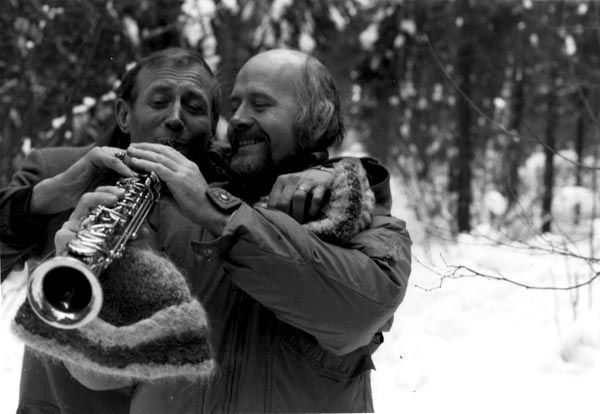
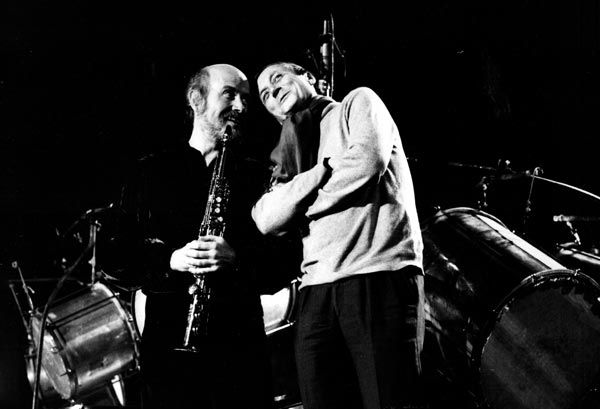
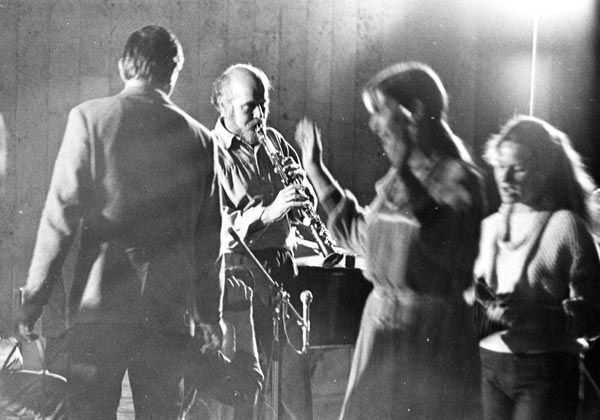
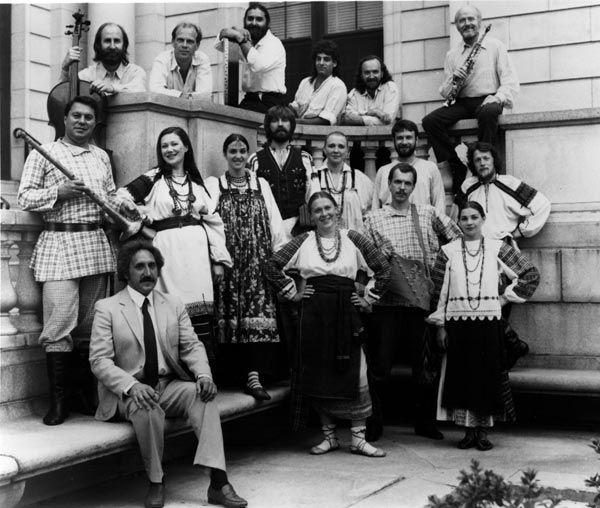
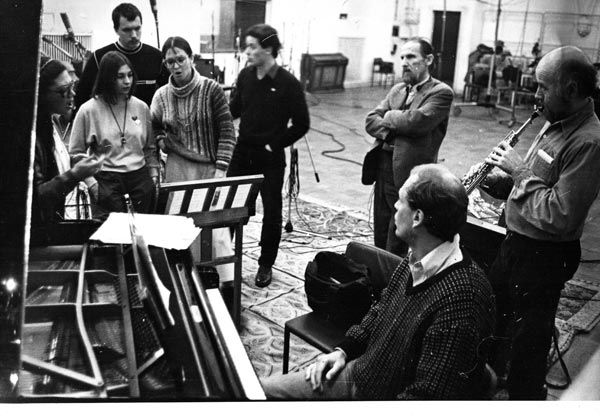
Follow Paul on